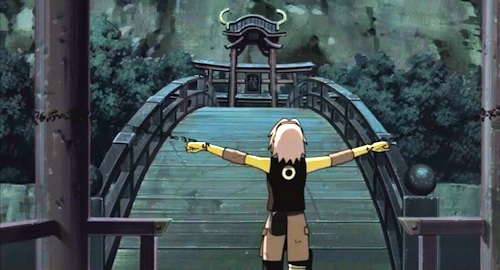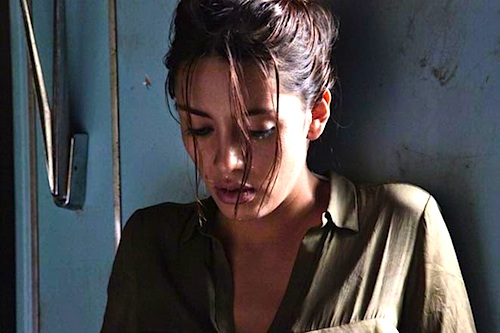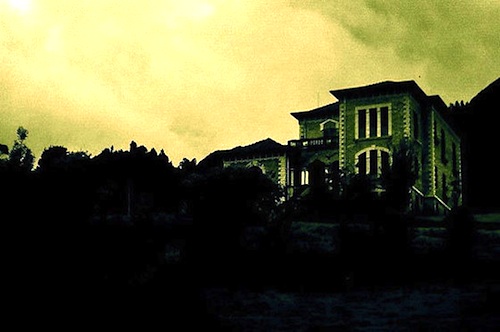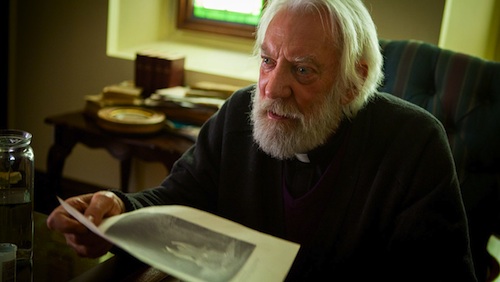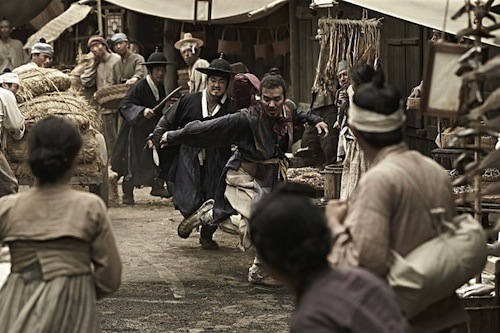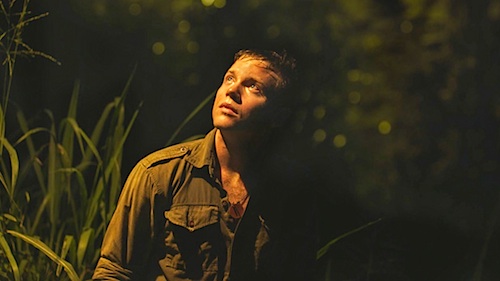By Joe Bendel. He collaborated with H.P. Lovecraft and became the sworn enemy of Sir Arthur Conan Doyle. In the nearly eighty-eight years since his death, nobody has approached Harry Houdini’s fame and accomplishment as an illusionist and escape artist, while perhaps only the Amazing Randi has equaled him as a debunker of psychic phonies. Yet, despite some vintage stills and a brief flirtation with those new-fangled moving pictures, his live performances were almost solely the stuff of memory. Yet, the fascination with Houdini persists. The man in chains takes center stage once again when the two-night miniseries Houdini premieres this Labor Day on the History Channel.
As we meet young Erik Weisz (soon to be Ehrich Weiss and eventually Harry Houdini), it is clear he is a mother’s boy, with deep-seated father issues. These themes will constantly return over the two nights like swallows to San Juan Capistrano. Due to his youthful confidence, the future Houdini is convinced his facility for magic tricks will bear great fruit eventually. Naturally, he spends years scuffling, but at least he meets his future wife Bess through those down-market gigs. However, when Houdini’s handcuff escape starts generating buzz, he re-invents himself as an escape artist and his career ignites.
Screenwriter Nicholas Meyer (The Seven Percent Solution novel and screenplay) takes viewers on a mostly breezy jaunt through Houdini’s colorful life, largely sticking to the facts, or in the case of Houdini’s supposed work with the American and British Secret Services, well reported suppositions. Whether it is true or not, Tim Pigott-Smith looks like he is having a ball playing British spymaster William Melville, the original “M.” It is also allows for some entertaining intrigue, as when Houdini thoroughly befuddles the Czar and his fellow faker, Rasputin.
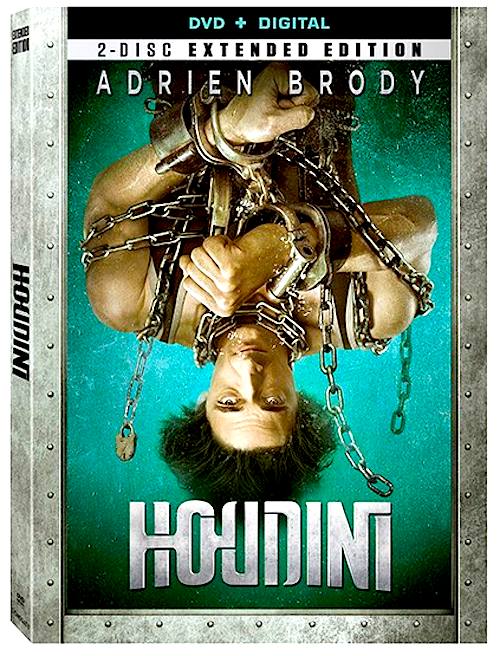 The second night is necessarily darker, progressing as it must towards the inevitable, with the bulk of the drama devoted to Houdini’s drive to debunk false mediums using parlor tricks to fleece the grieving. There is very little that could be considered truly genre-centric in the séance sessions, but the trappings will still have a bit of appeal to fans.
The second night is necessarily darker, progressing as it must towards the inevitable, with the bulk of the drama devoted to Houdini’s drive to debunk false mediums using parlor tricks to fleece the grieving. There is very little that could be considered truly genre-centric in the séance sessions, but the trappings will still have a bit of appeal to fans.
Although he is considerably taller than the spark-pluggish Houdini, Adrien Brody’s gaunt, sad-eyed persona fits the escape artist rather well. He also looks like he put in the time when it came to the crunch sit-ups. As Bess, Kristen Connolly’s earthy energy plays off him well, even if their chemistry is a little flat. While he has little dramatic heavy lifting to do, Evan Jones’s earnestness also wears well on Jim Collins, Houdini’s assistant and chief co-conspirator.
There are a lot of fun sequences in Houdini (the disappearing elephant is particularly well staged), but the visually stylized punch-to-gut symbolic motif is way over done and the effects look terrible on screen. Still, the mini addresses Houdini’s Jewish heritage in respectful, sympathetic terms, which must have been a strange change of pace for director Uli Edel, whose highly problematic terrorist apologia Baader Meinhof Complex suggests killing Jews is nothing to get upset about.
Fans with a checklist will be able to tick off just about all of the iconic escapes, from straightjackets to milk cans. Overall, it is a nice blend of fact-based fiction and somewhat more fanciful speculation. However, it feels slightly stretched to cover two nights. Recommended for admirers of Houdini the performer and scourge of spiritualists, Houdini the mini-series airs this Monday and Tuesday night (9/1 & 9/2) on the History Channel.
LFM GRADE: B
Posted on August 29th, 2014 at 12:22pm.
